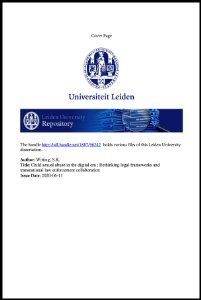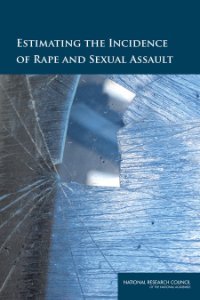By Shamus Khan, Joss Greene, Claude Ann Mellins, and Jennifer S. Hirsch
In this review, we provide an overview of the literature on sexual assault. First, we define sexual assault, noting its multiple dimensions and the consequences for operationalization—including reviewing strategies for such operationalization. Second, we outline different approaches to sexual assault, critically assessing those frameworks that rely upon a model of sociopathy; instead, we propose focusing on more sociological and ecological understandings that push beyond the single dimension of gender and the framework of gender and power. Third, we outline the range of data sources that have been used to generate insights into sexual assault. Fourth, we provide the core research findings of the field, which at times are contradictory, mapping them to our ecological model of individual, relational, organizational, and cultural levels. We then review the evidence around those interventions that have been successful in addressing sexual assault (and those that have been unsuccessful) before concluding with suggestions for further research directions.
Annual Review of Criminology, Vol. 3 (2020), pp. 139–163




















